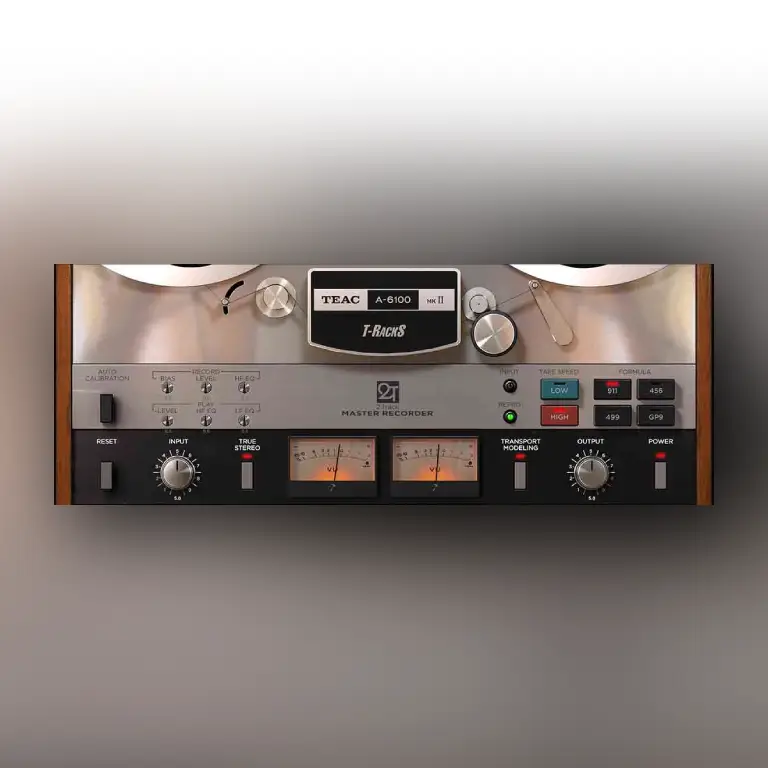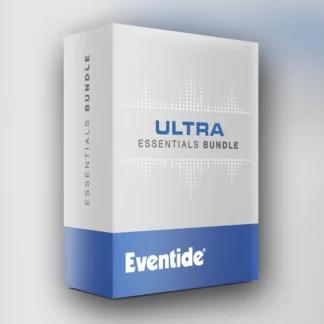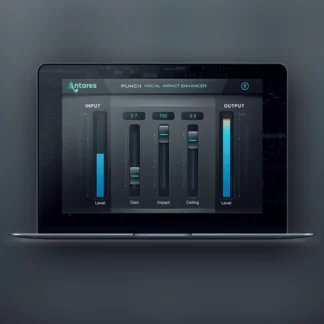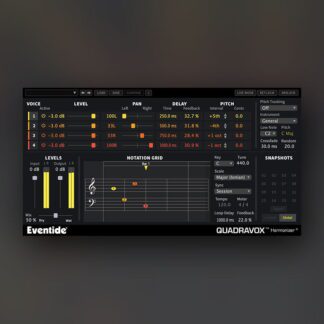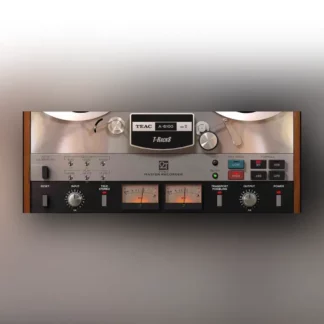The original mastering deck
The TEAC A-6100 MKII was one of the first tape machines ever made for the sole purpose of mastering. During the development, we interviewed the original product designer who explained how TEAC engineered the A-6100 in 1973 to be the most reliable and best-sounding mastering deck possible.
And so the TEAC A-6100 MKII was born. Indestructible and without compromise on any components, it was a huge success. In fact, the A-6100 with its admirable sound and Simul-Sync® technology was the core unit that evolved into the famous 80-8 multi-track. And now this officially certified digital version is here to add its unique sonic textures to your music.
Intuitive, easy-to-use controls
The T-RackS TEAC A-6100 MKII puts all the controls from the original at your disposal, along with some additional features to help you create just the sound you’re looking for. You can calibrate the record and playback heads, or choose from 2 tape speeds and 4 tape formulas for a wide variety of tape-machine effects. We’ve also included a number of presets and you can easily save your own.
To each its own sound
The TEAC A-6100 MKII mastering recorder is still highly sought-after today, thanks to both its robust design and incredible sound. Featuring controls to fine-tune your sound, including record and playback EQ settings, the A-6100 MKII is the one to add tape warmth and color to your master bus and more.
Re-creating the magic
Analog tape audio recorders are complex systems. They impart magic to the audio material, lifting the art within to a higher level. They add musicality to music.
What a tape machine adds to audio is the result of a number of interactions amongst several interdependent factors. More than just saturation, compression, or EQ alone, these factors work together, one affecting each other with the dynamics of music, adding a “movement” that goes into the soul of what we perceive.
Decades of music produced on these pieces of artful human engineering have tailored the way we think music should sound. It’s imprinted in our DNA.
From TASCAM DNA to IK DSP
For the T-RackS TASCAM Tape collection, each machine was chosen specifically by TASCAM and TEAC themselves, recommending particularly sought-after models from their history and helping IK source the best-sounding units. Each machine then went through a complete restoration to bring them perfectly back “to spec” before the scientific modelling process started.
IK’s DSP engineering team then took each stage apart, analyzed them in-depth, and produced a model of the entire magnetic tape-recording process. This model works in symbiosis with a powerful dynamic convolution engine to capture the essence of the real machines, faithfully bringing the complete picture of these complex analog engineering marvels to the digital realm.
The program coming out of these units is very similar to the one coming in, just better. It’s subtle, but the impact is anything but.
And the T-RackS TASCAM Tape collection faithfully brings all this magic right to your DAW.
4 magic formulas
Choose from 4 different tape formulations, each with its own unique tone:
- 911: Modelled after the BASF SM911, this is the formula TASCAM recommends for an optimal balance between warmth and precision on the A-3340S.
- 456: Modelled after the Ampex 456 formula, this model went into production around 1974. Perhaps the most widely used tape, it contributed the most to what is considered “the” tape sound. It offers a warm, round tone with a slight touch of saturation that greatly responds to the recording level.
- GP9: Modelled after the Quantegy GP9 formula, this tape accepts higher levels of signal with minimal distortion and compression. It’s very punchy and perfect for modern, high quality analog recordings.
- 499: Modelled after the Ampex 499 formula, this tape is designed to handle a great amount of level with minimal distortion and compression. It also exhibits added high frequency definition that makes it perfect for printing “digital-like” recordings, while still maintaining an analog sound.

